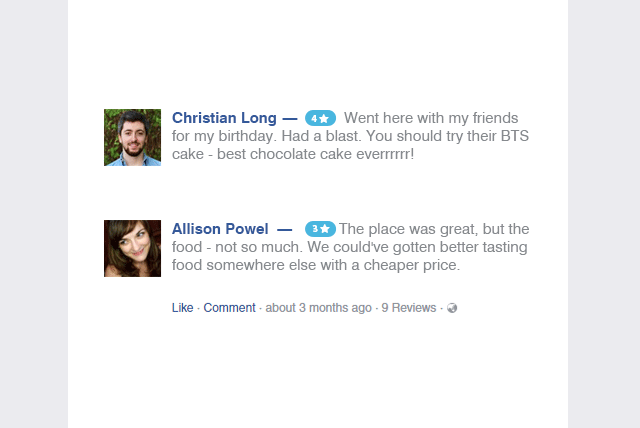A community will not be called such without its members. Contributors create user-generated content, which provides much of the buzz around the brand. It’s the community that gives customers an idea of what to expect from a company, and what kind of people they attract. With all these said, it’s important that someone is managing the community, so that everything will be in order and on topic.
But, why do you need community moderation services to protect your brand?
The Power of User-generated Content
Digital marketers agree that user-generated content should be embraced as part of your marketing strategy. As brands get bigger, it becomes harder to control what people are saying about it. Your brand may lose its voice in the process when the community is allowed to freely post anything. They may be on Facebook, Twitter, Instagram, and other avenues where they can comment or tag the brand whenever they can.

There is no limit to the amount of user-generated content circling your brand, just as there is no limit to the kind of damage they can inflict on your reputation. Rather than being a good source of traffic, these user-generated content can be driving potential customers away if you’re not managing your community right.
A Little Buzz is Okay
On the other hand, a brand that does not generate any buzz will not stand out. Your brand exists, but if no one pays attention to it, you will not be getting the maximum traffic you can get. This is why Starbucks, Burberry, Target, and Coca-cola encourage user-generated content and activity in their communities. And their campaigns have actually worked.
Your target audience drives more traffic to your business by pulling more people from their circle into the mix. You can be the “talk of the town” because of an event or a recent unveiling. As more people talk about your ad or your latest product, you get enough opportunities to encourage them to buy in. This is the kind of good buzz you need: enough to generate activity and stir the community into action.
Why You Should Have a Moderator
When the community is out of control, a moderator needs to step in and keep everyone in line. Basically, a community moderator is a watchful eye over the community – careful but not overly defensive – to step in when things get out of hand.
The moderator is not there to “police” everyone and control what they say. After all, the community’s engagement in the product is important. And engagement will not be possible if they are not allowed to talk. There are situations, however, when the community moderator needs to ban certain members, revoke their posting rights, or delete comments on certain posts. The moderator’s job is to keep the discussions on topic, which means that any spammy post or anything that does more harm than good should go.
The moderator does not have to step in when active members of the community are trying to moderate the discussion themselves. In some instances, a negative discussion dies down naturally without the moderator needing to intervene. In these situations, the engaged individuals feel free in the community, and a potentially negative impact on the brand has been averted.
Nurturing the 1%
The community moderator’s main role is to check that all user-generated content posted in the community are relevant to the brand. There are six types of content moderation: pre-moderation, post-moderation, reactive moderation, distributed moderation, automated moderation, and no moderation. The last one is the least recommended, but it happens when the company does not have the budget to hire an in-house moderator.
One solution for this is outsourcing. When you get outsource moderation services, keep in mind the 90:9:1 rule. 90% of your community prefer to lurk, 9% percent contribute occasionally, and 1% percent contribute heavily. It is the moderator’s job to nurture those heavy contributors, but to also encourage the 99% to contribute more. The 1% is the reason the 99% stay. as they offer content to see. On the other hand, if any of the 1% is doing harm, your community moderator should know what to do.
Clear Rules on Moderation
Moderating a community should not be compared to policing it. You should not have to state the community guidelines every time there is a building hype, but the guidelines should be in place all the time. Discuss this with your outsource moderator and make sure you are on the same page when it comes to the company’s voice and the reasons for restricting certain members’ activities. Consistency is the key in moderation, and it is also what you are trying to uphold when you act.
A business may think the biggest setback to growth is the price of their products or their ranking in SEO, but there’s one thing they should never take for granted: their reputation in a community. To be a brand with a welcoming community, you need to take the time to weed out irrelevant content and nurture relevant contributors.
Need help moderating your community? Contact us, we’ll handle the work for you!

